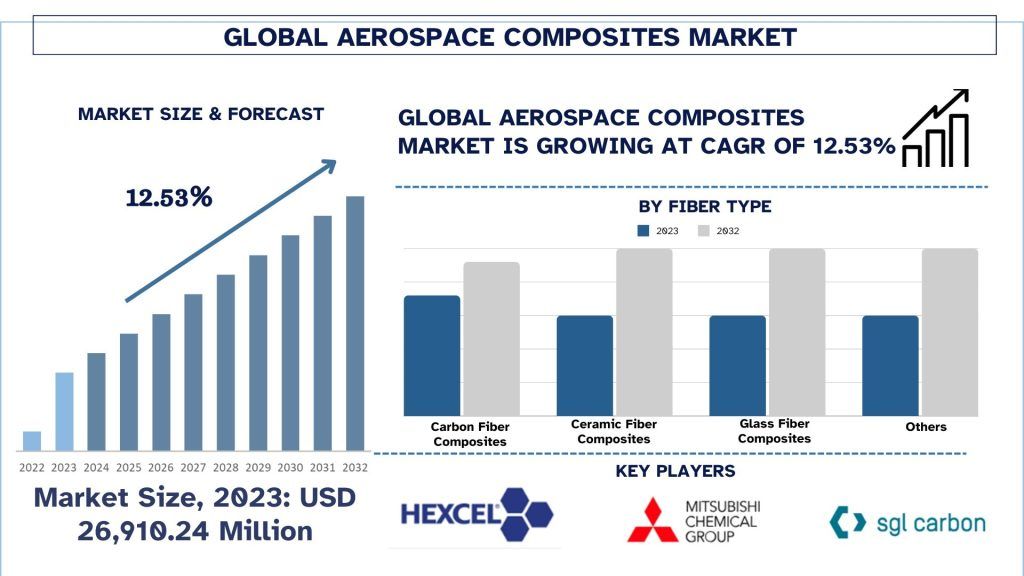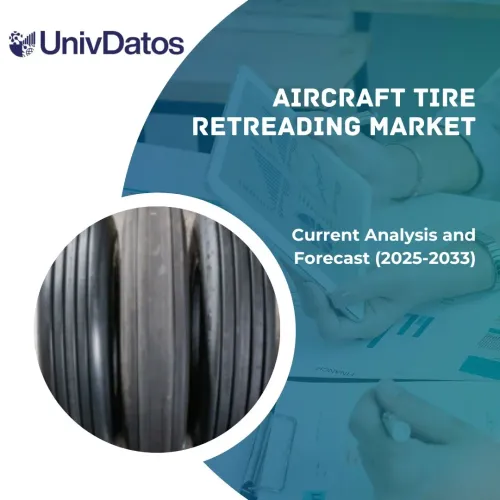- Home
- About Us
- Industry
- Services
- Reading
- Contact Us
Aerospace Composites Market: Current Analysis and Forecast (2024-2032)
Emphasis on Fiber Type (Carbon Fiber Composites, Ceramic Fiber Composites, Glass Fiber Composites, Others); By Matrix Type (Polymer Matrix (Thermoset Polymer Matrix (Epoxy, Phenolic, Polyamide, Others), Thermoplastic Polymer Matrix (PEEK, PEI, Others), Ceramic Matrix, Metal Matrix); and Regions (North America (The US, Canada, Rest of North America), Europe (Germany, The UK, France, Russia, Rest of Europe), Asia-pacific (China, Japan, India, Rest of the Asia-pacific), Rest of the World)
Global Aerospace Composites Market Size & Forecast
The Global Aerospace Composites Market was valued at USD 26,910.24 million in 2023 and is expected to grow at a strong CAGR of around 12.53% during the forecast period (2024-2032) owing to rising demand for commercial and next-generation military jets across the globe.
Global Aerospace Composites Market Analysis
With the rising demand for fuel-efficient aircraft models with robust structural integrity, many aerospace manufacturers have shifted towards composites to achieve weight reduction in the structural frame. Additionally, the rising demand for narrow-body aircraft and low-cost carrier segments has further boosted the demand for aerospace composite material.
The Global Aerospace Composites market was valued at USD 26,910.24 million in 2023 and is expected to grow at a strong CAGR of around 12.53% during the forecast period (2024-2032). One of the key factors attributed to the growth of the aerospace composites market are higher usage of lightweight construction material that helps to reduce the comprehensive weight as well as offer a robust structural integrity to the airframe. In October 2024, Munich-based aviation company Lilium announced it secured USD 35 million from Baillie Gillford for the construction of its Lilium jets constructed with carbon fiber composites.
In another instance, in 2024, The Luxembourg Institute of Science and Technology (LIST), announced its partnership with Luxembourg company Gradel for the development and research of ultra-lightweight structures with the help of composite material for the construction of aircraft.
Considering the shifts the upcoming research and development on aerospace composites is further anticipated to rise as more and more companies are extensively investing in the technologies.
Global Aerospace Composites Market Trends
This section discusses the key market trends that are influencing the various segments of the Global Aerospace Composites Market as identified by our team of research experts.
Adoption of Recycling for Sustainability
With the growing focus on sustainability in all sectors aerospace manufacturing companies have also aligned their efforts towards recycling the used materials in the aircraft. With the usage of materials from the scrap and damaged composites from the old aircraft, the raw material reduces the overall cost of production.
Additionally, recycling also helps in reducing the carbon emission from the aviation industry. Additionally, recycling has also reduced the cost of manufacturing further easing the price shock of the components in the market.
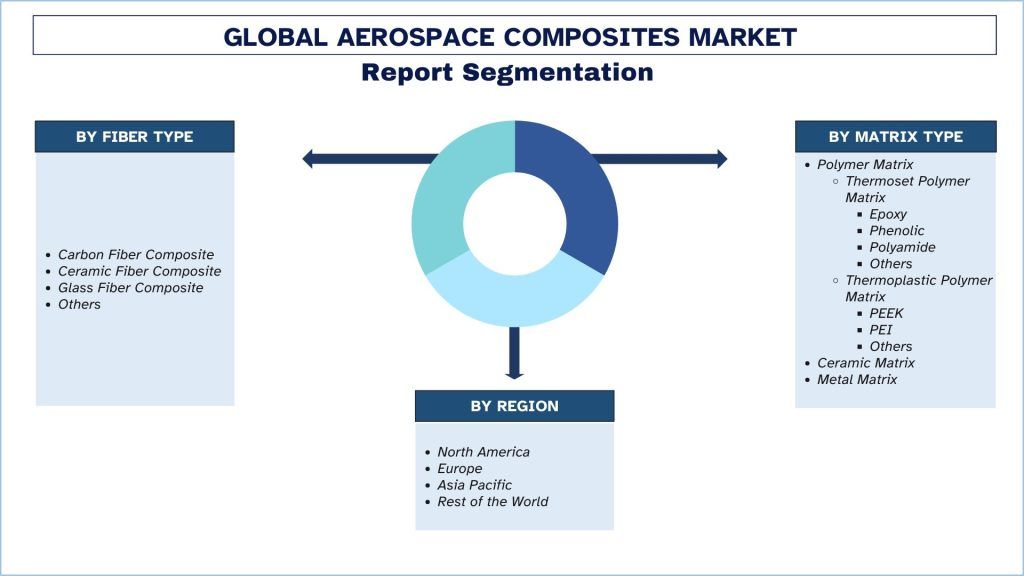
North America is Expected to Hold Major Market Share During Forecast Period
North America Aerospace Composites market has held a sizable market share in 2023. One of the key factors attributed to the growth are higher presence of aerospace and composite manufacturers in the region. The region is also home to some of the largest companies producing aircraft as Boeing, Lockheed Martin, Northrop Grumman, etc. The region also has a higher demand for commercial and military aircraft from the regional airlines as well as some of the largest air forces in the world. Many of the recent developments have also been observed in recent years that are anticipated to assist the demand for aerospace composites in the region. For instance, in 2024, Boeing announced the acquisition of Aerospace Composites Malaysia Sdn Bhd (ACM) making it the first company to fully acquire a wholly owned manufacturing unit in the Southeast Asia region.
Additionally, the region is also the largest exporter of commercial and military jets due to which the demand for aerospace composites in the production of aircraft is further anticipated to grow and help the region to maintain its prominent position in the coming years i.e., 2024-2032.
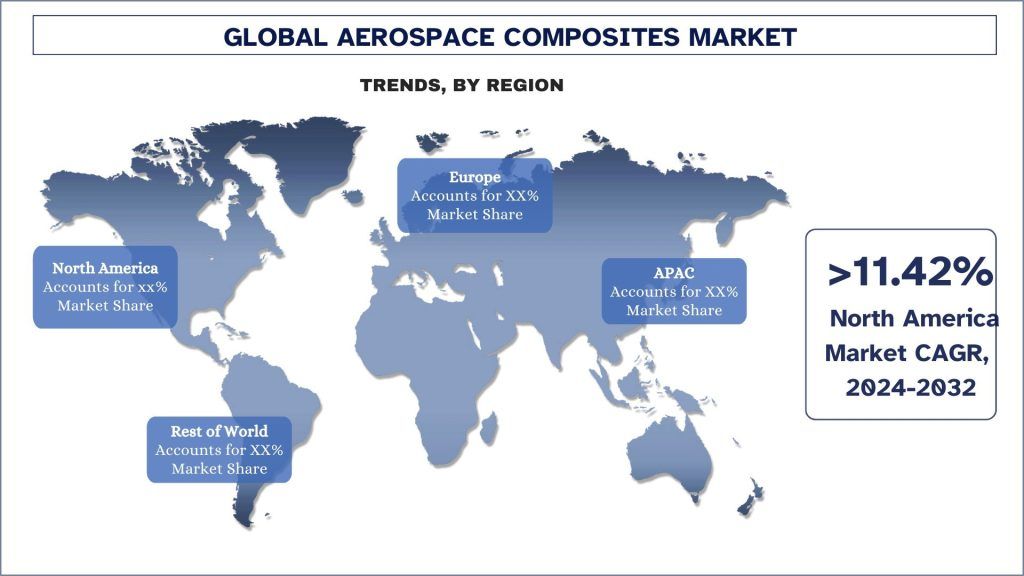
Global Aerospace Composites Industry Overview
The Global Aerospace Composites market is competitive and fragmented, with the presence of several global and international market players. The key players are adopting different growth strategies to enhance their market presence, such as partnerships, agreements, collaborations, new product launches, geographical expansions, and mergers and acquisitions. Some of the major players operating in the market are Syensqo, Hexcel Corporation, Toray Advanced Composites, Mitsubishi Chemical Group Corporation, Teijin Limited, SGL Carbon, Materion Corporation, Spirit Aerospace Inc., Lee Aerospace, and General Dynamics Mission System Inc.
Global Aerospace Composites Market News
In 2024, the United Kingdom reiterated its plans to procure 138 F-35B aircraft from the US. The procurement of aircraft is in line with the growing need to improve air superiority amid the looming security threat in the European region.
In 2024, Taiwan’s Eva Airways Corp announced the purchase of 33 new Airbus A320 aircraft with a total cost of USD 10.1 billion. According to the company the purchase would significantly reduce the carbon emission and would cater to the sustainability goals set by it.
Global Aerospace Composites Market Report Coverage
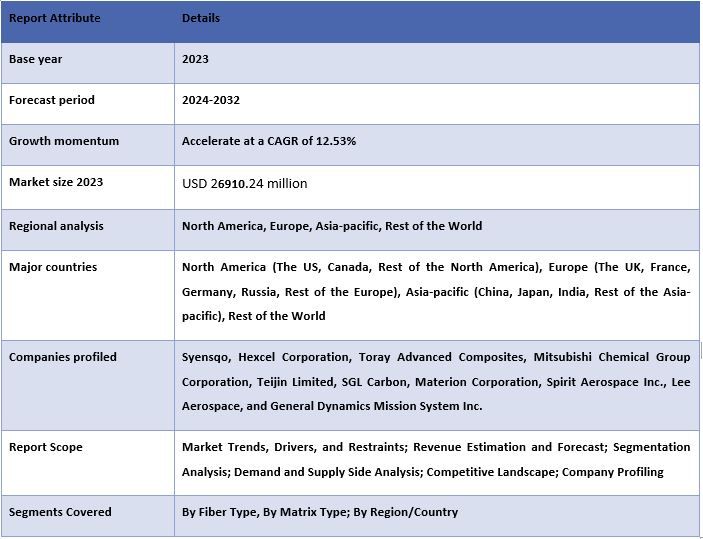
Reasons to buy this report:
- The study includes market sizing and forecasting analysis validated by authenticated key industry experts.
- The report presents a quick review of overall industry performance at one glance.
- The report covers an in-depth analysis of prominent industry peers with a primary focus on key business financials, product portfolios, expansion strategies, and recent developments.
- Detailed examination of drivers, restraints, key trends, and opportunities prevailing in the industry.
- The study comprehensively covers the market across different segments.
- Deep dive regional level analysis of the industry.
Customization Options:
The Global Aerospace Composites market can further be customized as per the requirement or any other market segment. Besides this, UMI understands that you may have your own business needs; hence, feel free to connect with us to get a report that completely suits your requirements.
Table of Content
Research Methodology for the Global Aerospace Composites Market Analysis (2024-2032)
Analyzing the historical market, estimating the current market, and forecasting the future market of the Global Aerospace Composites market were the three major steps undertaken to create and analyze the adoption of Global Aerospace Composites in major regions globally. Exhaustive secondary research was conducted to collect the historical market numbers and estimate the current market size. Secondly, to validate these insights, numerous findings and assumptions were taken into consideration. Moreover, exhaustive primary interviews were also conducted, with industry experts across the value chain of the Global Aerospace Composites market. Post assumption and validation of market numbers through primary interviews, we employed a top-down/bottom-up approach to forecasting the complete market size. Thereafter, market breakdown and data triangulation methods were adopted to estimate and analyze the market size of segments and sub-segments of the industry. Detailed methodology is explained below:
Analysis of Historical Market Size
Step 1: In-Depth Study of Secondary Sources:
A detailed secondary study was conducted to obtain the historical market size of the Global Aerospace Composites market through company internal sources such as annual reports & financial statements, performance presentations, press releases, etc., and external sources including journals, news & articles, government publications, competitor publications, sector reports, third-party database, and other credible publications.
Step 2: Market Segmentation:
After obtaining the historical market size of the Global Aerospace Composites market, we conducted a detailed secondary analysis to gather historical market insights and share for different segments & sub-segments for major regions. Major segments are included in the report as by fiber type and by matrix type . Further regional/country-level analyses were conducted to evaluate the overall adoption of testing models in that region.
Step 3: Factor Analysis:
After acquiring the historical market size of different segments and sub-segments, we conducted a detailed factor analysis to estimate the current market size of the Global Aerospace Composites market. Further, we conducted factor analysis using dependent and independent variables such as by fiber type and by matrix type of aircraft in the Global Aerospace Composites market. A thorough analysis was conducted for demand and supply-side scenarios considering top partnerships, mergers and acquisitions, business expansion, and product launches in the Global Aerospace Composites market sector across the globe.
Current Market Size Estimate & Forecast
Current Market Sizing: Based on actionable insights from the above 3 steps, we arrived at the current market size, key players in the Global Aerospace Composites market, and market shares of the segments. All the required percentage shares split, and market breakdowns were determined using the above-mentioned secondary approach and were verified through primary interviews.
Estimation & Forecasting: For market estimation and forecast, weights were assigned to different factors including drivers & trends, restraints, and opportunities available for the stakeholders. After analyzing these factors, relevant forecasting techniques, i.e., the top-down/bottom-up approach, were applied to arrive at the market forecast for 2032 for different segments and sub-segments across the major markets globally. The research methodology adopted to estimate the market size encompasses:
- The industry’s market size, in terms of revenue (USD) and the adoption rate of the Global Aerospace Composites market across the major markets domestically
- All percentage shares, splits, and breakdowns of market segments and sub-segments
- Key players in the Global Aerospace Composites market in terms of products offered. Also, the growth strategies adopted by these players to compete in the fast-growing market.
Market Size and Share Validation
Primary Research: In-depth interviews were conducted with the Key Opinion Leaders (KOLs), including Top Level Executives (CXO/VPs, Sales Head, Marketing Head, Operational Head, Regional Head, Country Head, etc.) across major regions. Primary findings were then summarized, and statistical analysis was performed to prove the stated hypothesis. Inputs from primary research were consolidated with secondary findings, hence turning information into actionable insights.
Split of Primary Participants in Different Regions
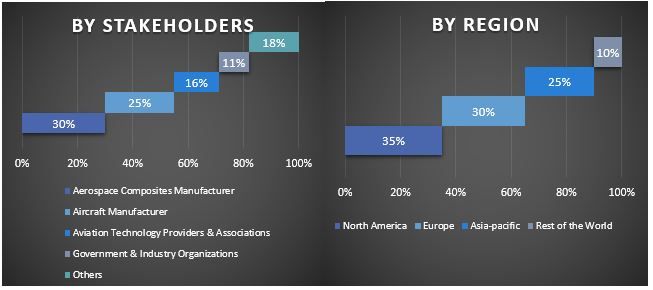
Market Engineering
The data triangulation technique was employed to complete the overall market estimation and to arrive at precise statistical numbers for each segment and sub-segment of the Global Aerospace Composites market. Data was split into several segments and sub-segments after studying various parameters and trends by fiber type and by matrix type in the Global Aerospace Composites market.
The main objective of the Global Aerospace Composites Market Study
The current & future market trends of the Global Aerospace Composites market were pinpointed in the study. Investors can gain strategic insights to base their discretion for investments on the qualitative and quantitative analysis performed in the study. Current and future market trends determined the overall attractiveness of the market at a regional level, providing a platform for the industrial participant to exploit the untapped market to benefit from a first-mover advantage. Other quantitative goals of the studies include:
- Analyze the current and forecast market size of the Global Aerospace Composites market in terms of value (USD). Also, analyze the current and forecast market size of different segments and sub-segments.
- Segments in the study include areas of by fiber type and by matrix type.
- Define and analyze the regulatory framework for the Global Aerospace Composites
- Analyze the value chain involved with the presence of various intermediaries, along with analyzing customer and competitor behaviors of the industry.
- Analyze the current and forecast market size of the Global Aerospace Composites market for the major regions.
- Major countries of regions studied in the report include North America (The US, Canada, and Rest of North America), Europe (The UK, France, Germany, Russia, Rest of Europe), Asia-pacific (China, Japan, India, Rest of the Asia-pacific), Rest of the World
- Company profiles of the Global Aerospace Composites market and the growth strategies adopted by the market players to sustain in the fast-growing market.
- Deep dive regional level analysis of the industry
Frequently Asked Questions FAQs
Q1: What is the current market size and growth potential of the Global Aerospace Composites market?
Q2: What are the driving factors for the growth of the Global Aerospace Composites market?
Q3: Which segment has the largest share of the Global Aerospace Composites market by Fiber type?
Q4: Which region will dominate the Global Aerospace Composites market?
Related Reports
Customers who bought this item also bought

